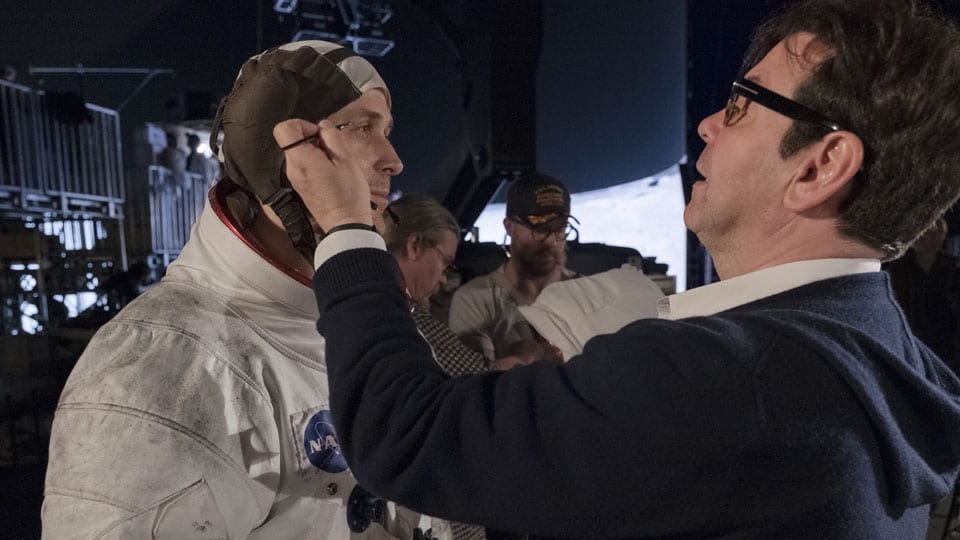Defending Jacob is an Apple TV+ original limited series based on the 2012 New York Times best-seller by novelist William Landay with Mark Bomback as the creator and showrunner. This gripping series follows 14-year-old Jacob Barber (Jaeden Martell) as he is suspected of murdering a fellow schoolmate. Assistant district attorney Andy (Chris Evans) and wife Laurie Barber (Michelle Dockery) suddenly have their world shaken after hearing such outrageous accusations regarding their son and strategizes to do everything to prove his innocence. Series director Morten Tyldum contacted cinematographer Jonathan Freeman to capture the series in a riveting cinematic scope.
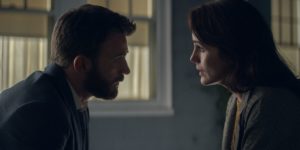
The camera intentionally focused on the perspective of Andy or Laurie, rather than Jacob. Freeman expounded, “We used a technique where the camera is over the shoulder of a character and physically connected or closer to Andy or Laurie; but it would be slightly above their eyeline and pulls us into the perspective of the character. We would be more selective about how we gave Jacob’s point of view. As Jacob becomes more of a suspect not only in the greater community, but even within his own family, we wanted to distance ourselves away from having that connection in some ways and to have an enigma around him.”
“We would even allow Jacob to have what we call ‘the special’ shot where the audience is that much closer to the character and it’s almost like leaning in to try and understand what they’re thinking. We used that close up very sparingly, but at the right moment it seemed to be an effective way to capture the performance. Another approach for point of view is a technique that follows a character from behind. It’s a tight shot in the back of the head of a character, in this case 90 percent was Andy. We’re being drawn in this character’s world, it’s slightly off from the camera movement, but related to depth of field. A lot of our story time would be these close ups; whether they’re the special shots, the internal high three-quarter top shot from behind at the head, or even just a simple straightforward close up.”
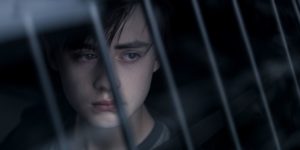
The camera movement was tied to a character and part of point of view. The cinematographer shifted, “When a character was moving from one place to the other and wanted to be with that character, the camera would move with them. Any establishing shot was always going to have some movement to keep the story going. Part of it is also a pacing and energy thing. When it was appropriate to move the camera beyond a particular blocking reason, it was sometimes to build momentum. As certain sequences became relevant, whether the camera was physically moving with the character or that the camera was mounted in a moving car, we’d always get a sense of movement.”
“When we kept things still, we tried to find really strong frames to keep the weight of the frame really there. That seemed to feel right for much of our scenes. But once we did go hand-held, it would be that much more effective and hopefully a little bit off putting in the right moments. We were pretty selective about that. It’s like every tool, if used too much, it can lose its power,” the director of photography continued.
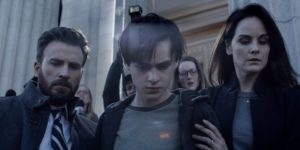
Naturalistic expressionism lighting and the application of frames were applied. Freeman illuminated, “The property of the light feels very natural and not necessarily being lit by artificial light sources. There’s something about the contrast or maybe the increased color saturation or desaturation where it’s a little bit more amplified and applying a tone of expression into the scene. Another method we took was the notion as the family feels imprisoned becomes imprisoned not only in their house, but actually in their own minds. One of them being shooting them against the window where we would be able to see the outside world, it’s overexposed and furring away as if it’s fading, but still enough detail. That allowed us to play more, deeper shadows, silhouettes at times. The architecture of the locations in the sets that we built created frames and partially blocked the characters.”
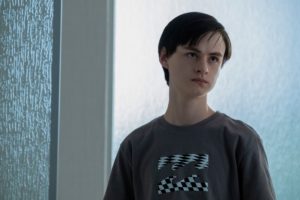
In one of the scenes, a knife is revealed as Andy searches Jacob’s drawer during the night. “The scene was lit with the idea that the light in Jacob’s room is off as he’s sleeping, but the room is lit with light coming up from what would be street lamp raking across the ceiling and bouncing around from there. It was working with the frames and the blocking with Chris, where we could let him fall into silhouette against what was lit and where he needed to step into the light. We wanted to create a mood and mystery, but didn’t want to go murky and dark because that doesn’t really help lead the eye to anything. It was finding that right balance of enough contrast and light to create separation and particularly when he pulls a knife to create that silhouette against his face and against the lit ceiling above,” the cinematographer highlighted.
The entire series of Defending Jacob was cinematically shot by cinematographer Jonathan Freeman. The exceptionally detailed and intended shooting portrayed Jacob with an enigma through the use of various specific camera and lighting techniques to represent a level of mystery to the audience.
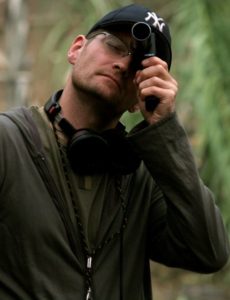
Cinematographer Jonathan Freeman is a 3-time Primetime Emmy winner for his cinematic excellence on Boardwalk Empire. He’s also been awarded the Outstanding Achievement in Cinematography Award for the American Society of Cinematographers (ASC) for a grand total of 5 times. Other prominent television series include the likes of Game of Thrones, Rome, Rescue Me, and Taken.





